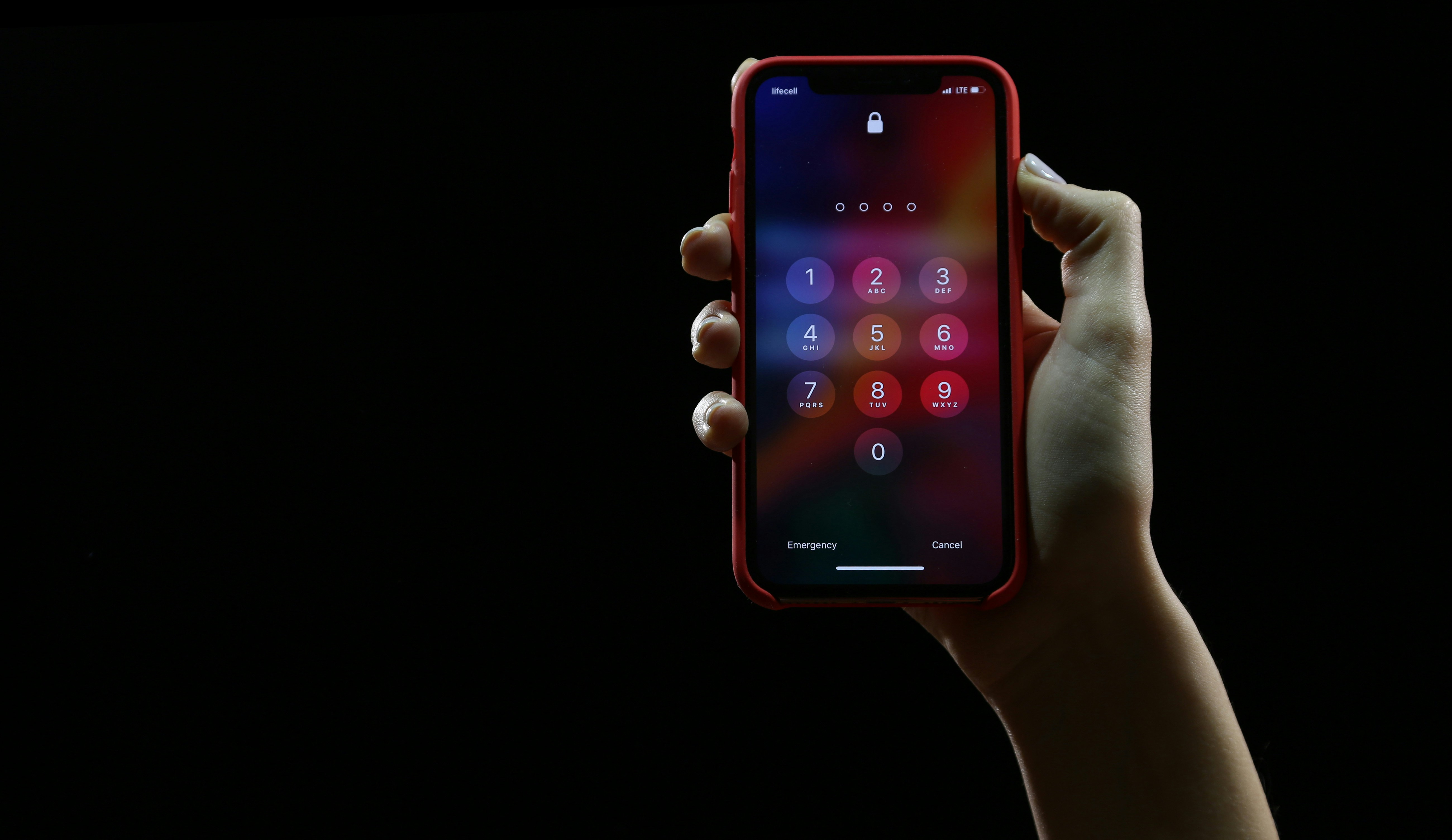Call centers focus on inbound calls, outbound calls, multichannel communications, and omnichannel contact. These classifications can determine the focus and functions available. An inbound center focuses on processing incoming calls from consumers, while outbound centers may have representatives initiate phone calls. These operators call people to solicit donations, conduct surveys, or promote products.
Multichannel and omnichannel centers use communication platforms to facilitate interactions with consumers. Call centers can also function as either on-site or remote. On-premise call centers have a facility service representatives work at, while remote call centers use cloud-based technology to enable representatives to work from home or other off-site locations. Whether your call center is focused on inbound or outbound calls or uses multichannel or omnichannel systems, new technology enables on-premise call centers to utilize cloud-based services, allowing integration between on-premise and remote representatives. Technology is also enabling representatives to integrate data from multiple sources to address client needs effectively.
Interactive Voice Response

Interactive Voice Response (IVR) systems process incoming communications. Callers answer automated questions verbally or use their telephone keypad. The automated system uses each response to clarify the caller’s needs and determine the best way to serve the caller to ensure customer satisfaction. IVR systems allow callers who need to pay a bill to be transferred to the finance department while transferring callers with technical issues to IT support staff. This automation streamlines the customer experience and optimizes workflow.
Advanced IVR systems are built on omnichannel platforms and process queries from multiple communication channels. Omnichannel IVR enables clients to communicate via text, email, telephone, fax, and direct messages. Companies using this technology benefit by reducing caller wait times, expediting the process of addressing their needs, and reducing operating costs. IVR can use cloud-based technology to transfer communications. When IVR is integrated with Integration Platform as a Service (iPaas), representatives can access data stored in other systems.
iPaas

What is iPaaS? iPaas is a platform that operates through your cloud. It connects to multiple data points and apps. It can access information from on-premise storage and off-site locations. iPaas can also access other systems, such as physical storage devices and internet-based programs.
Companies may opt to use various apps and programs to facilitate remote access, increase efficiency, and save money. As technology has advanced, the way consumers use technology has also changed. Companies no longer need to purchase all of the software they use and have it physically installed on their computers. A company may opt to use software as a service (SaaS) for some tasks. Examples of SaaS systems include ZenDesk, Slack, and Dropbox. The client does not purchase the software. Their subscription allows the company to access the software through the internet.
Consequently, companies may use apps to perform some functions, while other cloud data is stored on-premise and on SaaS systems. iPaaS allows all of these apps, programs, and storage systems to interact through the cloud. iPaaS can be used to access information stored remotely, transfer data from one platform to another, and convert data. This system integration ensures that each app and system receives data in the appropriate format so it can be appropriately processed. iPaaS can also be used to schedule data integration.
On-Premise and Off-Site Integration

IVR can direct communications per the client’s need and representative availability. Call centers can use this system to identify representatives who are currently working, their expertise, and their contact location. With IVR, communication can be transferred to both on-premise and off-site representatives.
One advantage of cloud-based IVR is that call centers can utilize representatives from around the globe to provide service 24 hours a day. This ensures all clients can receive prompt assistance from appropriate representatives.
With IVR systems connected to iPaaS services, call center staff can access data from other locations. If the representative is off-site, they can use iPaaS to access on-premise data or data stored on SaaS systems. In contrast, on-site representatives can obtain data stored on off-site systems. On-site and off-site representatives use iPaaS to update accounts in real-time, ensuring both on-premise and off-site staff have prompt access to updated data and can address client needs effectively.

Talha Ali is your tech generalist, covering a wide spectrum of topics within the ever-evolving world of technology. With a curiosity for the latest innovations, industry trends, and breakthroughs. Whether it’s hardware, software, emerging technologies, or the intersection of tech with daily life, Talha’s articles provide readers with a well-rounded perspective on the dynamic landscape of the tech industry.

